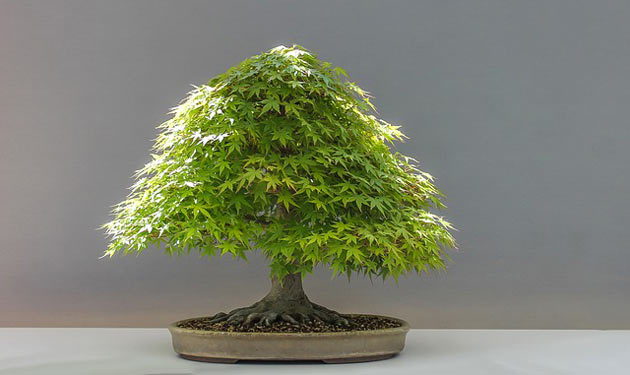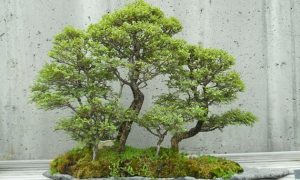Bonsai is mainly an art form from Asia, and the people who grow them are called – artists. Although you don’t need to learn styling and wiring, it is precisely this activity that provides all the fun in growing bonsai. Since bonsai has had such a long history, many bonsai artists have over the years, developed certain “styles” to make their bonsai develop a certain look, or as bonsai artists would call it – “train” the bonsai. Of course, certain styles only suit certain species of trees, so do bear that in mind.
There are two main basic styles in bonsai growing – the Formal (classical) and Informal styles. The Formal or Classical styles are often divided into the:
- Upright Formal style
- Upright Informal style
- Slanting style
- Cascading style
- Semi cascading style

The Classical/Formal styles can be characterized as the trees having a trunk that is wide at the bottom which then tapers gradually to the top. This is how trees grow. And then we have the Informal styles, which is the inverse of the Classical/Formal styles – where the trunk is narrower at the bottom and widens towards the top.


There are also styles where the bonsai is made to look like an animal or a weird shape; these are all classified as Informal styles, and for the most part, not easy to accomplish. It takes a long time of careful selection for the tree with the most suitable form and root appearance, in order to have the basis for developing such an appearance.
Many beginners in bonsai assume they are doing it wrong if they do not adhere to any particular style, but try to remember, this is an art form and in art, you have to be creative. Therefore, regard these styles as only guidelines, and remember that they are dependent on the species of tree as well. In further postings, we will go into more detail on some of these main styles.





